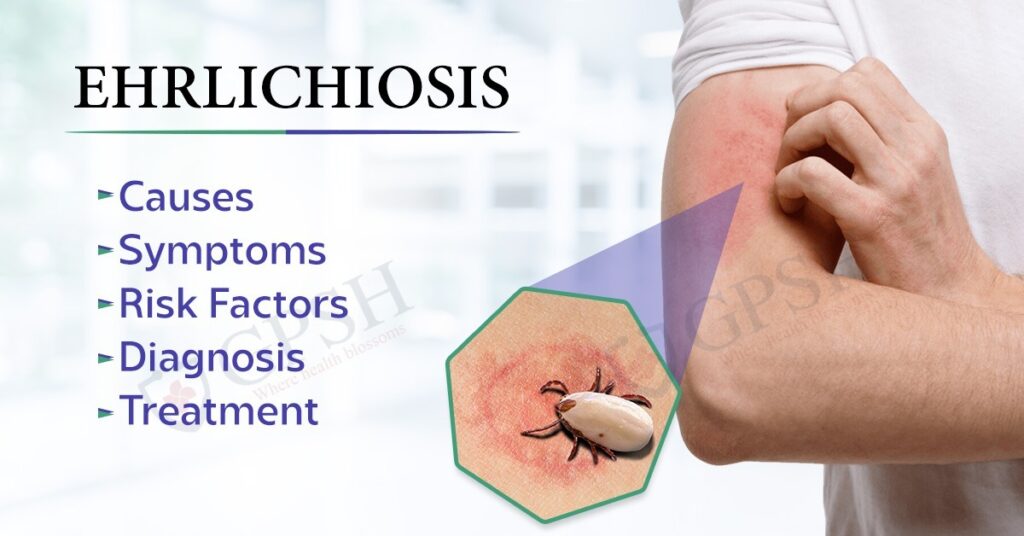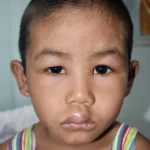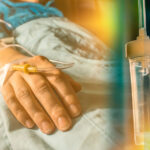Ehrlichiosis is a bacterial infection transmitted by tick bites, primarily caused by Ehrlichia chaffeensis, Ehrlichia ewingii, and Ehrlichia muris eauclairensis. These bacteria infect white blood cells, leading to fever, fatigue, and potentially life-threatening complications. The disease is most commonly reported in the United States but occurs worldwide in regions where vector ticks, such as the Lone Star tick (Amblyomma americanum), are prevalent.

Prompt recognition and treatment with antibiotics are crucial to preventing severe illness.
Causes and Transmission
Ehrlichiosis is spread to humans through the bite of infected ticks. The primary vectors include:
- Lone Star tick (Amblyomma americanum) – Main carrier of Ehrlichia chaffeensis
- Black-legged tick (Ixodes scapularis) – Possible vector for Ehrlichia muris eauclairensis
- American dog tick (Dermacentor variabilis) – Occasionally implicated in transmission
Ticks become infected by feeding on reservoir hosts, such as white-tailed deer, rodents, and small mammals. Humans are accidental hosts who acquire the infection when bitten by an infected tick.
Symptoms of Ehrlichiosis
Symptoms typically develop 5–14 days after a tick bite. The severity varies based on age, immune status, and early treatment.
Early Symptoms (Mild to Moderate Cases):
- High fever
- Severe headache
- Muscle aches (myalgia)
- Fatigue
- Nausea, vomiting, or diarrhea
Severe Symptoms (Untreated or Delayed Cases):
- Difficulty breathing
- Confusion or neurological symptoms
- Organ failure (kidney, liver)
- Septic shock
- Hemorrhaging (rare)
Risk Factors
Certain factors increase susceptibility to ehrlichiosis:
- Geographic location – Common in the southeastern and south-central United States
- Seasonality – Peak transmission occurs from April to October
- Outdoor exposure – Hiking, camping, or working in wooded areas
- Weakened immune system – HIV, cancer treatments, or immunosuppressive therapy increase severity risk
Diagnosis and Testing
Diagnosing ehrlichiosis can be challenging because symptoms resemble other febrile illnesses. Tests include:
- Polymerase Chain Reaction (PCR) – Detects Ehrlichia DNA in blood
- Serology (IFA or ELISA) – Detects antibodies (useful for retrospective diagnosis)
- Complete Blood Count (CBC) – May show low platelet count and leukopenia
- Liver Function Tests (LFTs) – Often reveal elevated liver enzymes
Treatment and Management
First-Line Treatment:
- Doxycycline (100 mg twice daily for 7–14 days) – The most effective antibiotic
- Treatment should begin immediately if ehrlichiosis is suspected, even before laboratory confirmation.
Alternative for Allergic Patients:
- Rifampin – Occasionally used for those allergic to doxycycline, particularly in children and pregnant women
Delayed treatment increases the risk of complications such as organ failure and long-term neurological effects.
Prevention Strategies
Since no vaccine exists for ehrlichiosis, prevention focuses on tick avoidance:
- Wear protective clothing (long sleeves, pants, light-colored clothing)
- Use insect repellents containing DEET or permethrin-treated clothing
- Perform thorough tick checks after outdoor activities
- Remove ticks promptly using fine-tipped tweezers
- Reduce tick habitats by maintaining lawns and clearing brush
Complications and Prognosis
When treated promptly, most individuals recover fully. However, untreated cases can result in:
- Respiratory failure
- Neurological complications
- Hemorrhagic manifestations
- Multi-organ failure
Mortality Rate:
The fatality rate is low (1–3%) but significantly increases in immunocompromised individuals.

